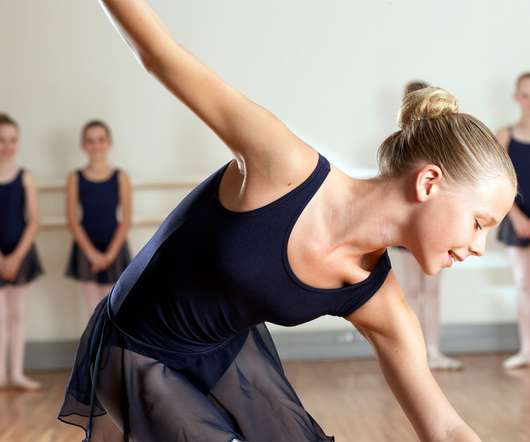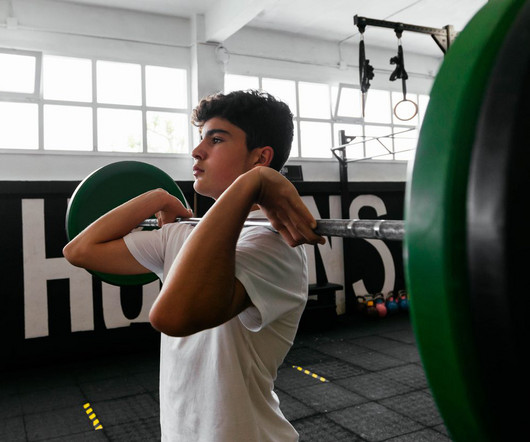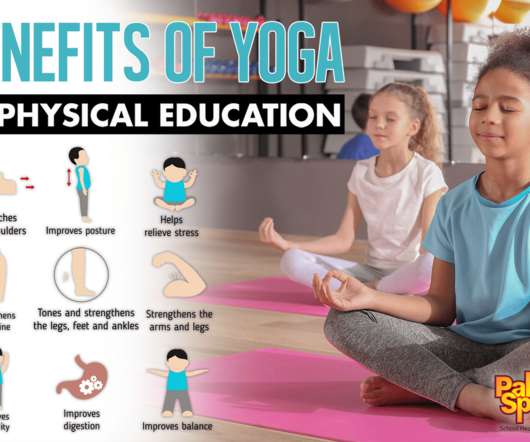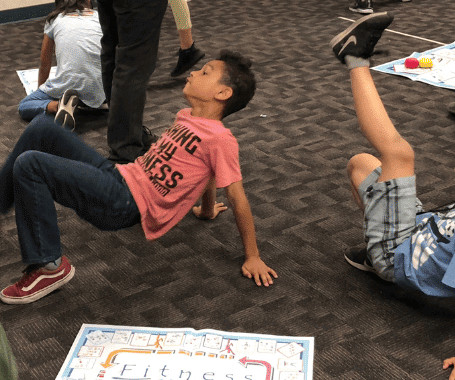The Importance of Exercise
Physical Education Ideas
JUNE 15, 2019
When it comes to exercise, this is all language you probably don’t need to tell your students. Being Active. This is the language we need to be promoting to our students and encourage them to get out there and lead a healthy, active lifestyle. How much exercise do children need? What are the benefits of exercise?












Let's personalize your content